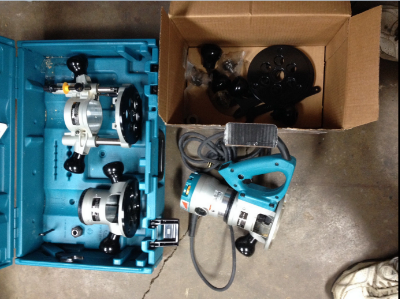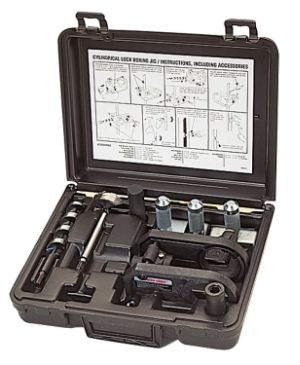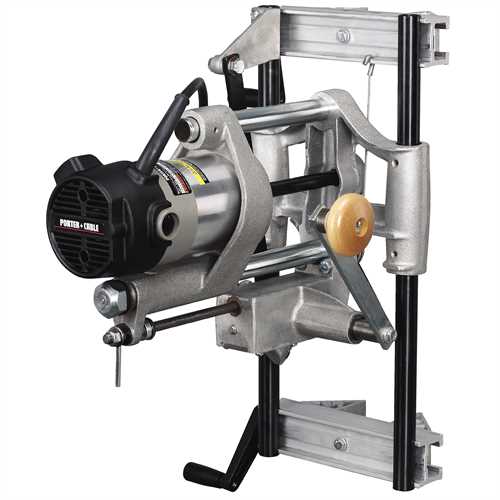Spud
Diamond
- Joined
- Jan 12, 2006
- Location
- Brookfield, Wisconsin
Door lock cavity . Plunge router. Plunge depth of 2-9/16-in.
So I was thinking of using a template to guide the router back-n-forth. Mortise out as much of the wood as possible then remove the bit and add an extension that allows for the router to plunge deeper into the aforementioned mortised cavity?
So a lot more work but is it essentially doing what a Porter-Cable lock mortiser will do?
---
Also, re. routing the cavities for door hinges and door frames .
What do you all think of this inexpensive Porter-Cable hinge template?
Porter Cable 59370 Door Hinge Template | ToolBarn.com

By the looks of the template, I assume it uses a collar on the router bit for guidance?
--
What are some decent router bits for hinges and lock cavities? Doesn't need to be topnotch like Freud just something good/decent.
So I was thinking of using a template to guide the router back-n-forth. Mortise out as much of the wood as possible then remove the bit and add an extension that allows for the router to plunge deeper into the aforementioned mortised cavity?
So a lot more work but is it essentially doing what a Porter-Cable lock mortiser will do?
---
Also, re. routing the cavities for door hinges and door frames .
What do you all think of this inexpensive Porter-Cable hinge template?
Porter Cable 59370 Door Hinge Template | ToolBarn.com

By the looks of the template, I assume it uses a collar on the router bit for guidance?
--
What are some decent router bits for hinges and lock cavities? Doesn't need to be topnotch like Freud just something good/decent.





 . So what is some good single templates for hinges, that are under $60 ?
. So what is some good single templates for hinges, that are under $60 ?